Gaia’s flora is as diverse and extraordinary as its fauna. From the oldest forests to the most ephemeral flowers, the plants of this planet are not only essential to life as a whole, but also a source of wonder and beauty to those of us who can appreciate them. Here, we explore some of the most remarkable plant species that every visitor should know about.
Exploring this diversity is an experience that opens the door to understanding the natural richness of Gaia.
The Giant Sequoia: Guardians of Time
- Description:
- These trees, some of the oldest and tallest living organisms on Gaia, can reach heights of over 100 metres and live for over 3,000 years. The latter is impressive even on a galactic level.
- Habitat:
- Pacific coasts of North America, especially California
- Fun fact:
- Giant sequoias have bark that protects them from fire and pests, which contributes to their longevity
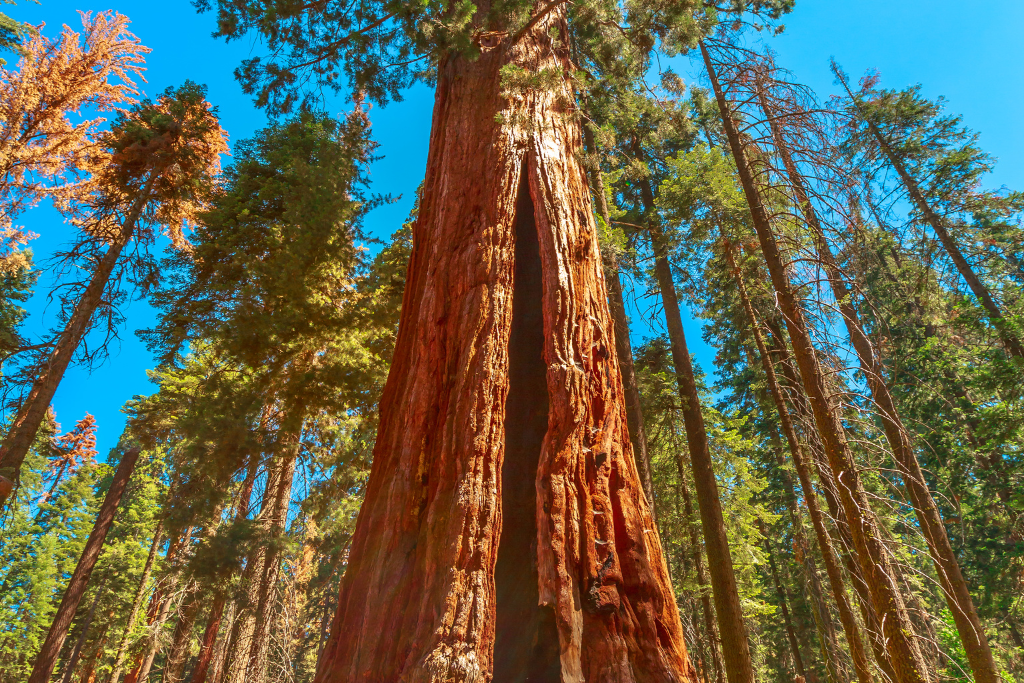
The Baobab: The Tree of Life
Description:
- This tree, emblematic of the dry regions of Africa, has a wide trunk that stores water and an appearance that looks like something out of a fairy tale.
Habitat:
- Sub-Saharan Africa, Madagascar and Australia
Funny fact:
- Baobabs can live for thousands of years and provide food, shelter and water for countless life forms.
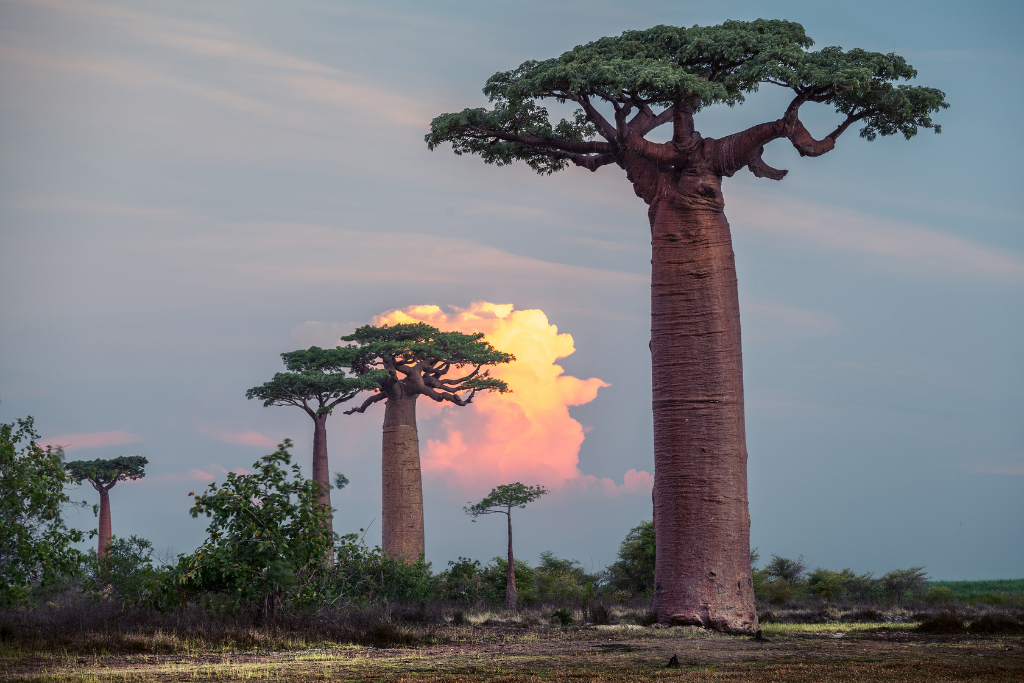
The carnivorous plant: Hunters of the vegetable kingdom
- Highlighted example: Venus flytrap (Dionaea muscipula).
- This carnivorous plant traps insects with its leaves, which close quickly when it detects movement.
- Habitat:
- Swampy regions of eastern North America
- Fun fact:
- Although it feeds on insects, the Venus flytrap still photosynthesises like other plants
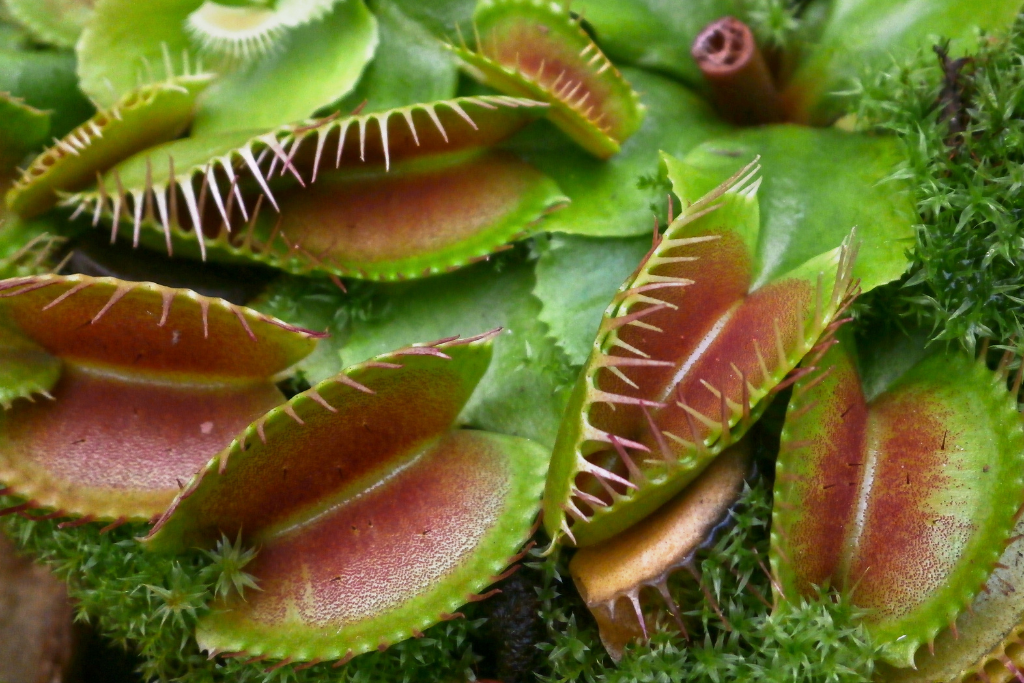
The Japanese cherry tree: Symbol of ephemeral beauty
- Description:
- Known as sakura in Japan, these trees produce pink and white flowers that mark the beginning of spring.
- Habitat:
- Original to Japan, but also present in other temperate regions of the world
- Fun fact:
- The brief duration of the cherry blossoms symbolizes impermanence in Japanese culture.
Bamboo: A fast-growing giant
- Description:
- Bamboo is a plant that can grow more than 30 centimetres in a single day, making it one of the fastest growing plant species on Gaia
- Habitat:
- Tropical and subtropical regions of Asia, America and Africa
- Fun fact:
- It is a key plant in the construction, food and culture of many Gaian societies
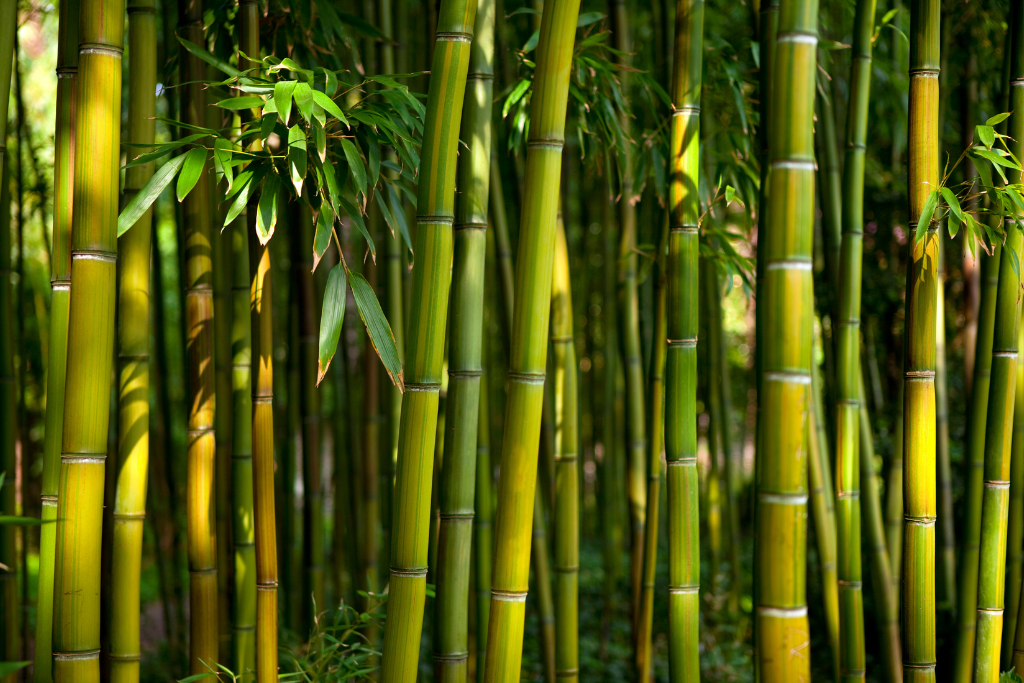
The Dragon Tree: An Ancient Enigma
- Description:
- This tree, with its surreal shape and red sap, known as “drago’s blood”, is considered sacred in some cultures.
- Habitat:
- Canary Islands, Cape Verde and Madeira
- Fun fact:
- The sap of this tree has been used in traditional medicines and as a pigment in historical artifacts.
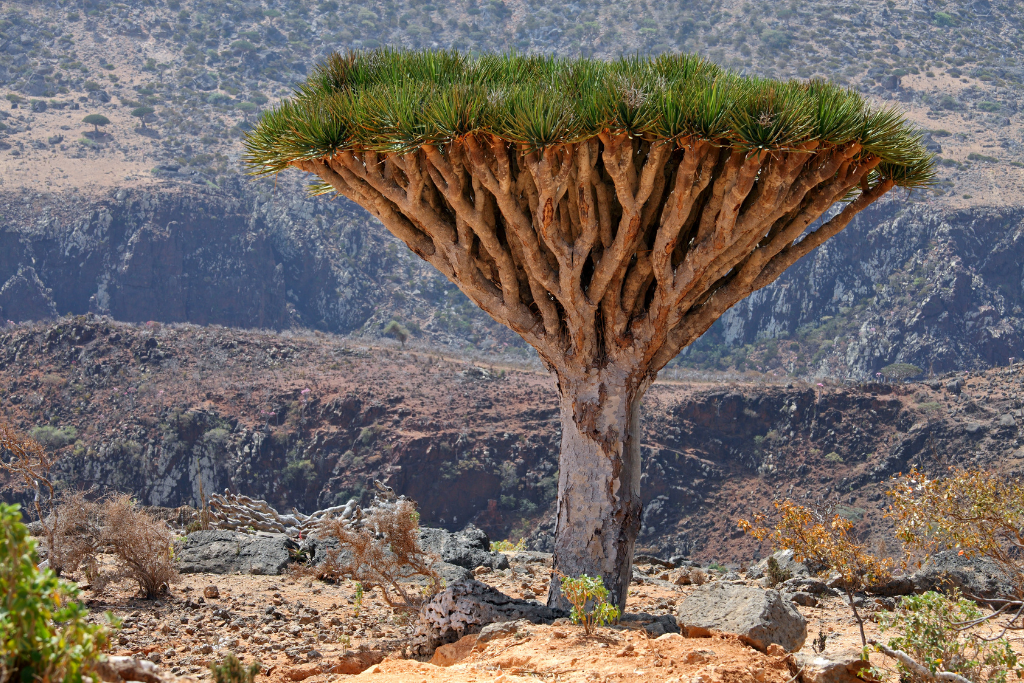
The rafflesia: The largest flower in the world
- Description:
- This parasitic flower can reach a diameter of over a metre and emits a smell similar to decaying flesh to attract pollinating insects
- Habitat:
- Tropical forests of Southeast Asia, especially in Indonesia and Malaysia
- Fun fact:
- Though spectacular, rafflesia has no roots or leaves of its own, depending entirely on its host plant
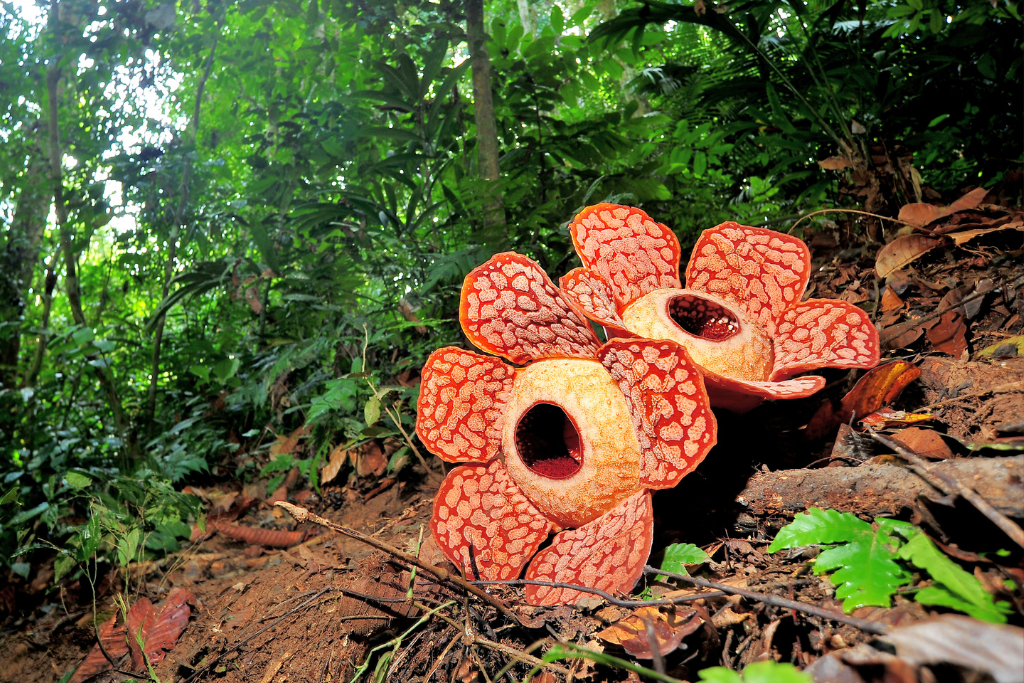
Mangroves: Defenders of coastal ecosystems
- Description:
- Mangroves are trees and shrubs that grow in saline or semi-saline waters in coastal areas, forming crucial habitats for biodiversity
- Habitat:
- Tropical and subtropical regions of Gaia
- Fun fact:
- They are one of the first lines of defence against sea level rise and storms
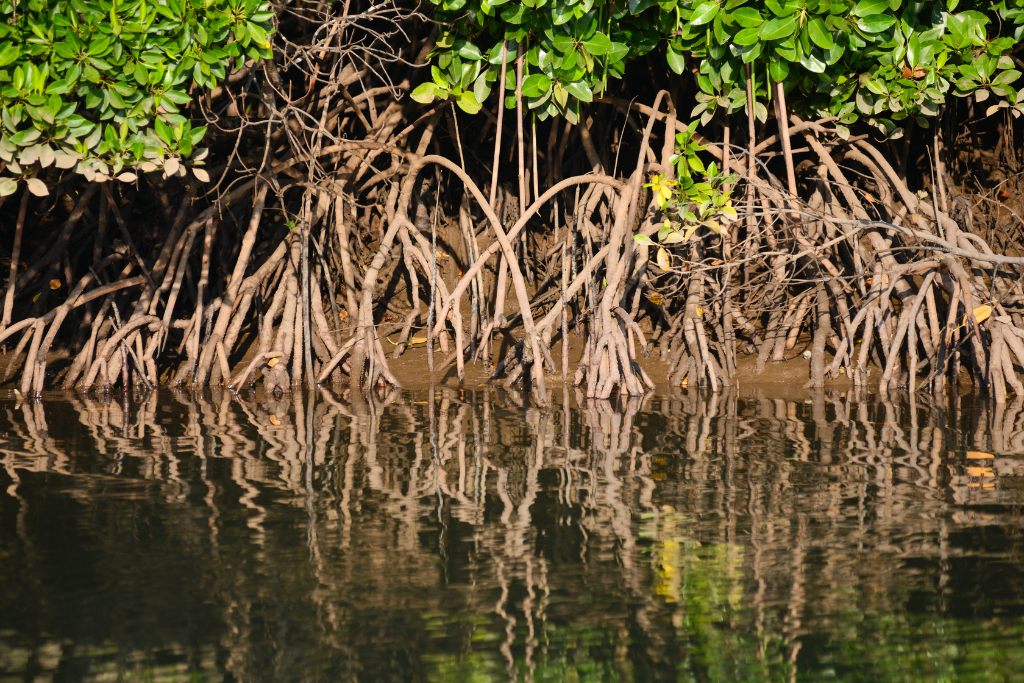
The Sacred Lotus: Beauty and Spirituality
- Description:
- This aquatic plant produces perfectly symmetrical flowers and has a deep spiritual significance in various religions and philosophies, such as Buddhism and Hinduism.
- Habitat:
- Ponds and lakes in Asia and parts of Africa
- Fun fact:
- Their seeds can remain viable for centuries, a symbol of resilience and rebirth
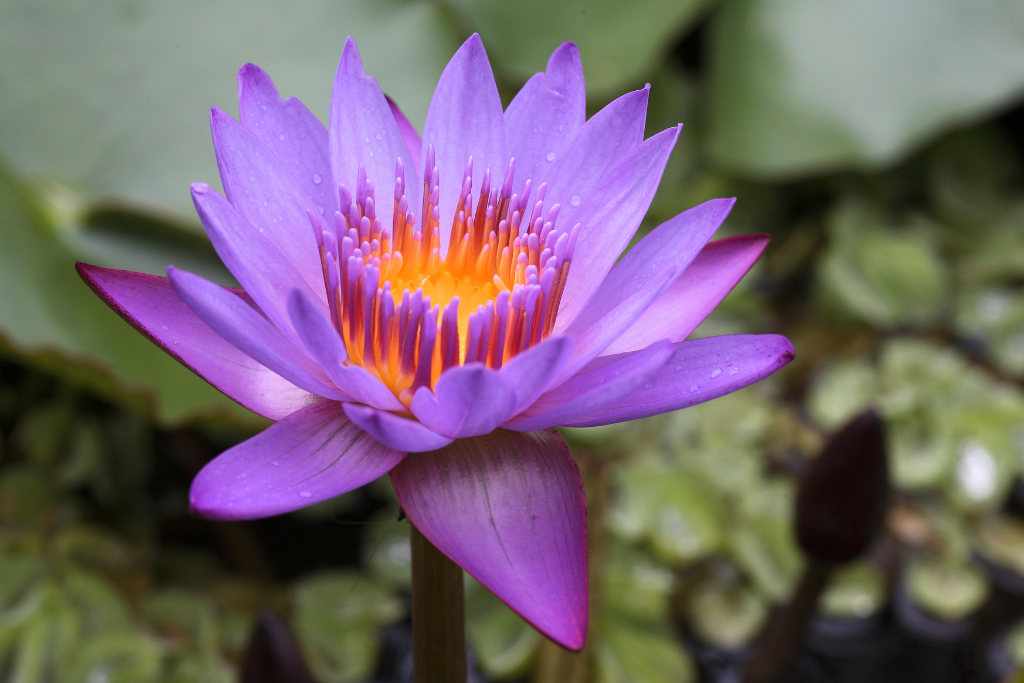
Conclusion: A blooming planet
The flora of Gaia is a testament to nature’s creativity and its ability to adapt to the most diverse environments. From ancient trees to ephemeral flowers, plants are not only fundamental to life on the planet, they are also an endless source of wonder. For an intergalactic visitor, exploring this diversity is an experience that opens the door to understanding the natural richness of Gaia.





